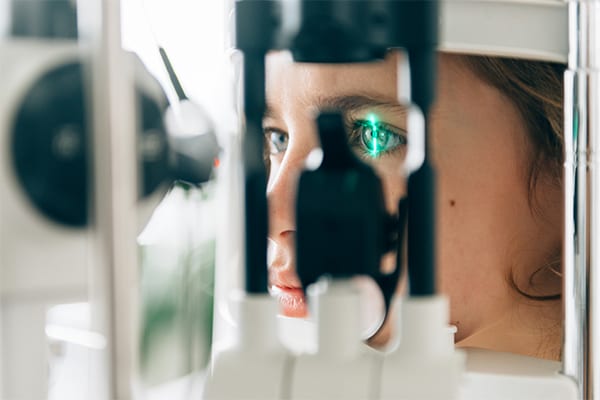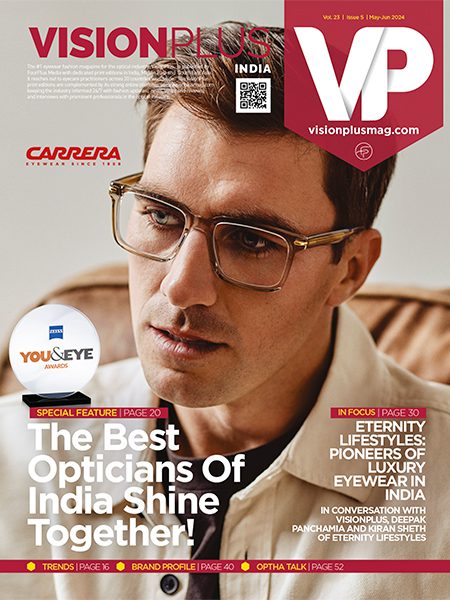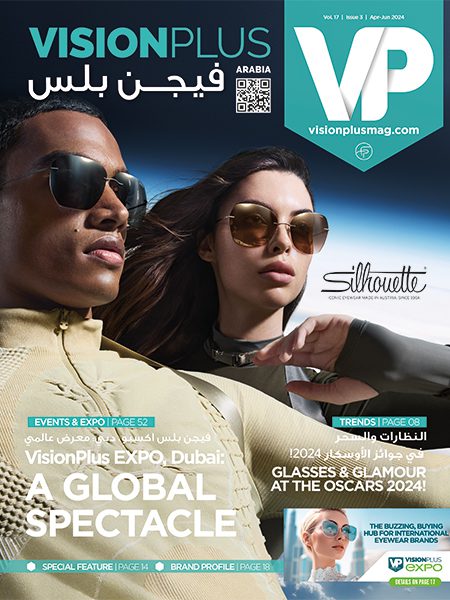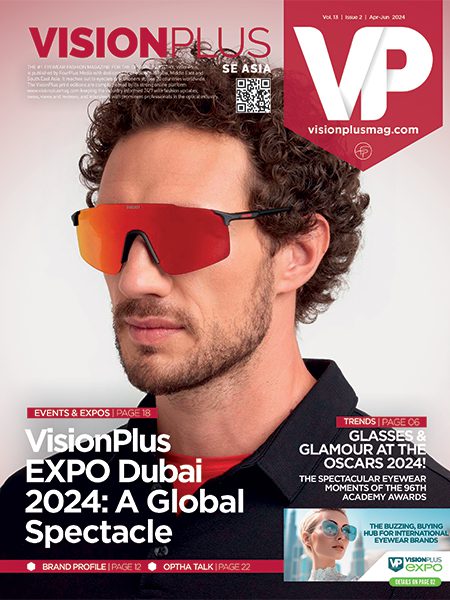

The Winners Choice Of Instruments And Equipment
Instruments and equipment for an optician mean pretty much everything for an optician. This year, the winners in the Excellence In Clinical Support category of ZEISS ‘YOU&EYE’ AWARDS share their insights
The ZEISS ‘YOU&EYE’ AWARDS winners announced in March 2021 highlighted some of the best opticians in the country. Special among these were the winners of the Excellence in Clinical Support category.
We spoke to some of the winners to understand the role of instruments and equipment in the opticians ability to provide the highest levels of eye care to the customers.
Here’s what they had to share about what instruments and equipment mean to them and which are the ones that they think every optician should aim to have.

Professional expertise is the corner-stone of Lawrence & Mayo's success. If excellence inhabits the mind space of Lawrence & Mayo, Professional expertise crafts its physical space. Through our professional expertise, we create an environment that is flexible to change and open to innovation, an environment where we grow in pace with the current needs and aspirations of the market and our customers, an environment where we create value for our customers and grow the loyalty to our brand, and an environment where our team meet fresh, exciting challenges and experience the satisfaction of a job well done.
While we adhere to professional standards by consistently updating our knowledge and improving our processes in Lawrence & Mayo, we also realize the importance of having the best of equipment and gadgets for practicing the same and providing our clients with the experience they expect from Lawrence & Mayo.
The main clinical and dispensing equipment which we use are the followings
- Refraction Unit / Chair
- Auto kerato / Refractometer
- SlitLamp BioMicroscope
- Corneal Topographer
- Opthalmoscope
- Retinoscope
- Lensometer
- Pulsair - IOP Measurement
- Visuscout with Telemed - Fundus photography
- Visioffice / Eye Partner
The most widely used brands of equipment across our stores are Topcon / Nidek / Keeler / Appaswamy etc.


It is true that knowing the basics has no substitute, but in today's world, new technology comes out every day and to ignore it means ignoring the chance to leap forward. As with any industry in business, keeping up with the latest technology is no more an option but an absolute must.
As an optometrist, our goal is to provide the highest level of care to our patients and ensure they are getting the solution they need. Whether it’s prescribing lenses for clearer vision, fulfilling a simple need to see better at night or detecting a vision threatening eye disease or simply just reassuring the patient that everything is well, having the most up-to-date optometry equipment can help us do this with confidence.


Apart from that investing in the technology not only helps in differentiating your practice, but it also gives a message that you care for the health of your patients eye.
These days, certain modern instruments have the potential to absolutely revolutionize optometry practice dynamics.
One is good quality Auto refractometer with a digital visual acuity chart, which provides higher accuracy in refraction .This is taken for granted today but I strongly believe it helps the practitioner to provide high accuracy in refraction. Second I would strongly recommend a slit lamp and a good quality non mydriatic fundus camera.
In several circumstances, we get a patient whose quality of vision cannot be improved during refraction and many of them could be suffering from a vision threatening eye disease . As a part of eye care practitioners, our role is much larger than just providing a vision correction and that role has to be of a vision saviour.


In an optical or an optometry practice, equipment for eye examination and optical dispensing forms an important aspect. If an optical set up or an optometry practice needs to stand out from its competitors the best way to go ahead and pave the path is through investing in equipment and professionals that can make best use of the same.
Every ophthalmic instrument is designed and manufactured with a purpose to improve the quality of dispensing which will definitely improve the comfort and quality of vision. Besides the instruments used in optometry clinics such as the slit lamp/Auto-refractometer/retinoscope/ophthalmoscope etc, a must have instrument at the optical store is a good few pupilometer and a Ditest along with a good lens-meter (focimeter). Do not ignore the simple equipment (screw driver/ various types of adjustment pliers) used to align the spectacles for enhancing the wearing comfort.
To further improve and impress the end users confidence that the spectacles being made at this store are more personalised and one should have the I-terminal 2 or VISUFIT 1000 with the optician being able to explain the benefits of the measurements being taken by these advanced instruments.
Looking at the Optometry clinic aspect, every optometrist should perform a comprehensive eye examination which includes, vision, refraction, ocular motility, slit lamp examination, measuring intra-ocular pressure and fundus examination. These are minimal procedures to complete a comprehensive eye examination.
An optometry clinic should definitely have a good slit lamp. We do have Indian companies that supply us good slit lamps such as Jaggi, Appaswamy to name a few. However, one can invest in such equipment and as practice builds then reinvest profit into the practice by upgrading the equipment. One should also have access to equipment for measuring intra-ocular pressure and viewing the fundus. Direct ophthalmoscope has not become a thing of the past and more advanced fundus imaging are available at low cost where one can use one’s own phone coupled with an equipment for the same.
Depending on the area of specialisation one can invest in a fundus camera, a topographer ( for contact lens practice), an applanation tonometer, an A-scan (myopia control), visual field analyser (Glaucoma clinic) and so on. One can also invest in low vision aids if the optometry clinic wants to specialise in the same, or on Vision therapy devices and programs for home therapy.


We believe equipment plays a primary role in an optician's practice. What we believe is primarily everyone should have an Auto Refractometer and Phoropter to derive a very very accurate end point of refraction with a digital screening chart provided it includes all kinds of vision screening chart.
Adding a keratometer along with a slit lamp would be very good clinical practice for contact lenses and other primary eye check up. We also believe Non Contact tono cum pachymeter helps in ruling out glaucoma at very very primary stage and early diagnosed can be treated very well.
Non Mediatric fundus camera is a very helpful tool in screening retina in patients with certain conditions like diabetes and hypertension. Early diagnosis of retinal abnormalities can actually prevent blindness. And for clinical practice one can make it really sound with a full time appointed optometrist (Minimum 4 years of bachelor of Clinical Optomtery) in their optical store.
After clinical support, a proper trained staff, who can relate clinical findings, plays a key role in dispensing frames or sunglasses. We highly recommend to have digital data of centration (IPD, NPD, Frame size, Fitting Height, Tilt, etc.) even prior to ordering any ophthalmic lens for specific frames. In-house patternless edging/glazing unit adds fragrance in the quality of final finished spectacle/sunglasses(Rx).
I still believe that in spite of having all of the above, I should upgrade clinical practice more by adding instruments like perimeter and vision therapy instruments and very advanced digital facial/frame measurement devices. Constant upgradation is strongly required in today's practice.







